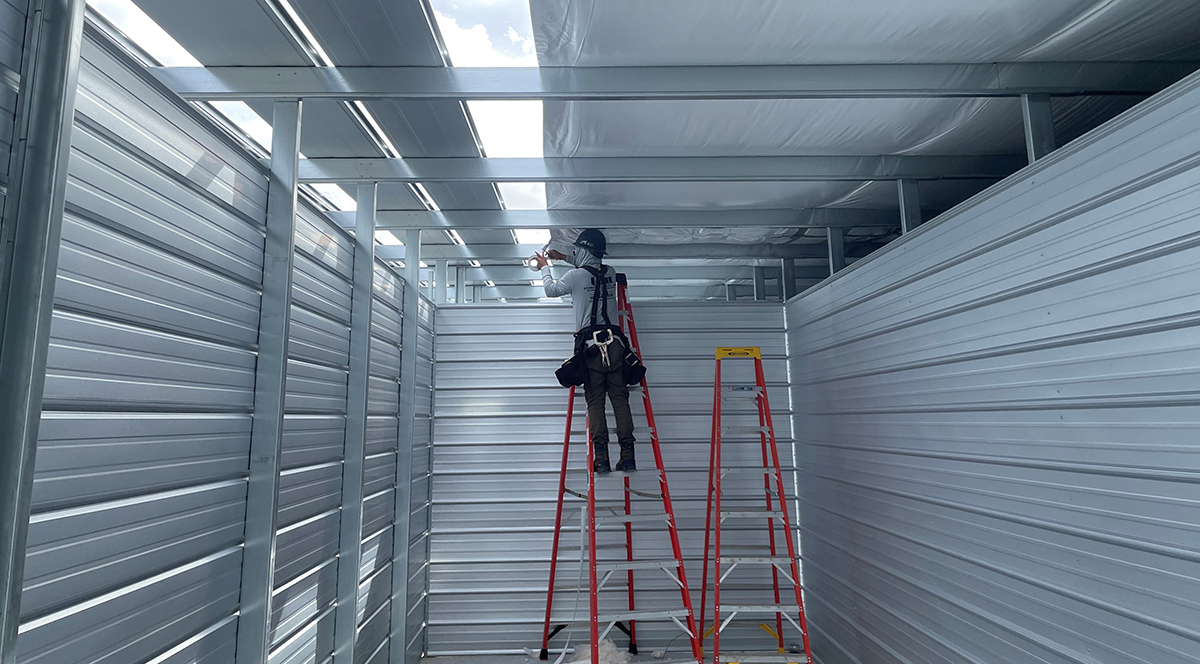2 MIN READ
3 MIN READ
Navigating the Risks of Preferred Equity in Commercial Real Estate
Nov 29, 2023 11:40:41 AM

The WSJ released an article highlighting that troubled mezzanine loans were the canary in the coal mine for commercial real estate.
The Clearest Sign Yet That Commercial Real Estate Is in Trouble - Wall Street Journal
The article points out how little transparency mezzanine loans have compared to first mortgages, so it's difficult to analyze accurately. I do not hear much about mezzanine debt currently, but every other capital raise feature preferred equity. Every large real estate PE firm seems to have a preferred equity strategy already launched or getting ready to launch. Preferred equity earns between 12-16%. Sitting in the “preferred” position, meaning it is paid second only to bank debt.) It's attractive to developers because it's filling the gap between the 55% loan to cost from a bank and the 30% equity that developers have become accustomed to raising for deals.
There is nothing wrong with having a piece of preferred equity in your deal. Problems occur when you MUST have preferred equity. This situation transpires when the bank is stuck at a low loan-to-value, like 50% to 60%, the returns on the 40-50% remaining equity needed would not be high enough to attract investment. Investors require increasing financial rewards in exchange for increasing the risk.
Preferred equity lenders are prepared to step into the deal to solve problems if the borrower defaults on the senior debt or the preferred equity terms. Most banks do not want the real estate back if the borrower defaults; they are more likely to try to work with the borrower. However, I believe most preferred equity lenders would gladly take the deal/land/property back, wipe out the equity, and reset the capital stack. In general, preferred equity is paid more than mezzanine debt making the odds of default that much higher. Preferred equity lenders have the ability to step into the borrower/sponsor’s position which is much more straightforward than how a mezzanine lender cures a default.
The real estate market is shaping up so that in a couple of years we are going to see this same article in the WSJ but instead of mezzanine debt, it will be about preferred equity and the article is likely to be twice as long, with a header twice as big, signaling the issues for commercial real estate related to preferred equity are at least twice as large.
75% of cap
13% pref equity possible kicker
55% bank
80% cap stack
Intercreditor agreement vs pref
See More Posts
LOAD MORE
4 MIN READ
Navigating Real Estate Debt Challenges in the Self Storage Market
LOAD MORE
